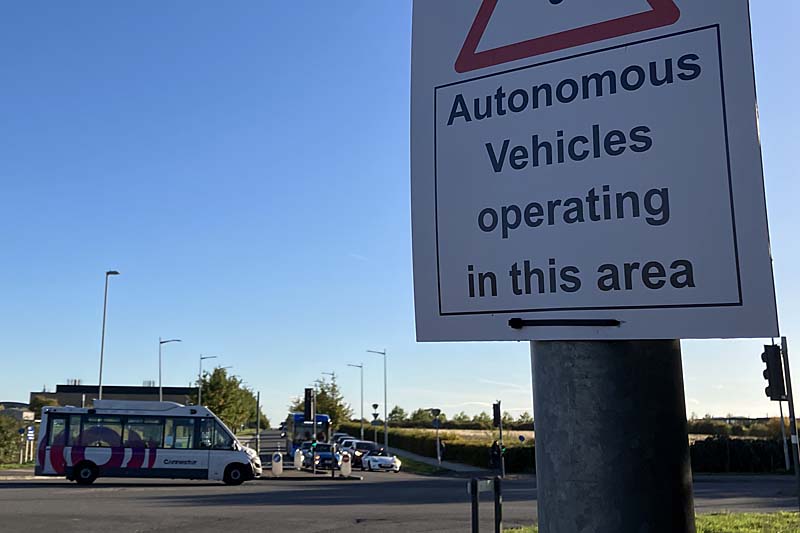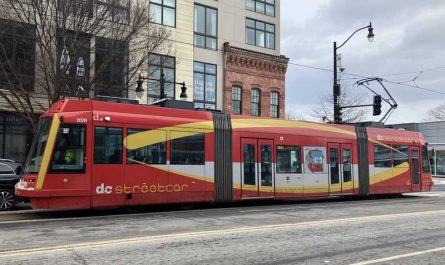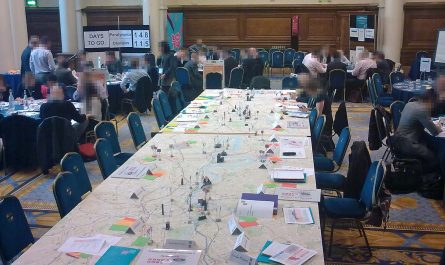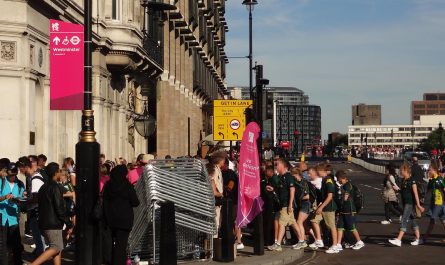Autonomous vehicles could be a game-changer for bus operations. Graham flags-up a thoughtful podcast, and adds his own perspective
A recent discussion about autonomous buses on Thomas Ableman’s Freewheeling podcast is well worth a listen even if, like me, you’re cautious about when – or if – truly autonomous public transport will run for real on the streets.
Thomas was interviewing James Dick of RATP, Paris’ public transport operator. This is a big, serious city public transport agency looking at autonomous buses. That’s James’ job.
James makes the point that autonomous vehicles are not just about ‘robotaxis’ that would simply reinforce existing car-based travel patterns and all the associated problems. Nor even just about low-volume ‘shuttles’ or demand-responsive services to extend the margins of what public transport operators can provide. Rather, there’s a prize in automating core, big-bus services – and that’s an aspect that RATP is looking at.
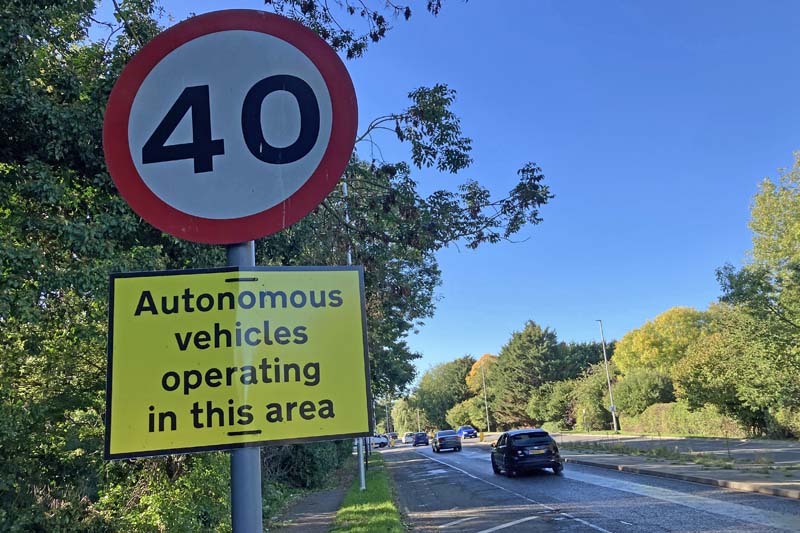
As Thomas and James highlight, the potential value is enormous: the chance to deliver better service for the same cost, or the same volume of service for lower cost, or a combination of the two.
The driver is the biggest single incremental cost in running a bus service. A seven-day, all-day operation needs roughly three drivers’ worth of salary and on-costs for every bus that’s on the road.
Yes, the small-vehicle autonomous shuttles in suburban business parks are nice-to-have for expanding the reach of sustainable travel options. But automating the core bus network is the big-volume prize – if and when it happens.
So far, in the UK, there are buses driving themselves – up to a point – on real public roads. The common theme is that they still have drivers supervising, and taking over for the tricky bits. There’s still a way to go before the driver can be dispensed with.
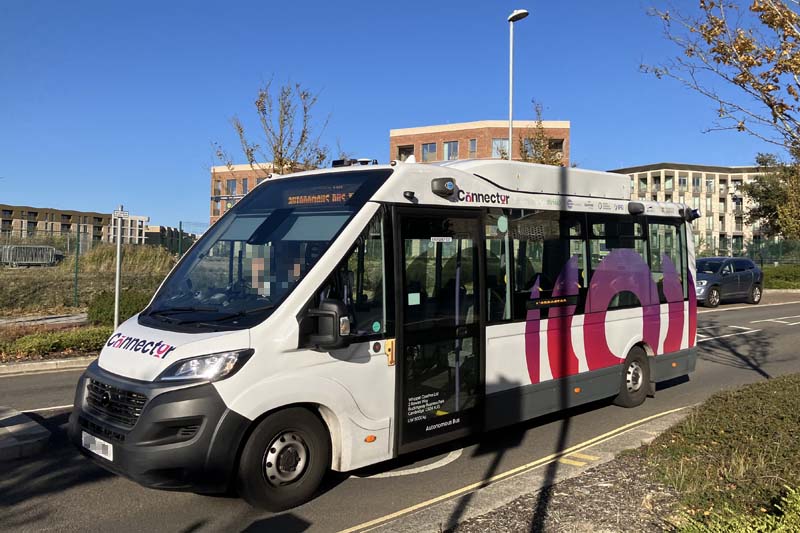
Rather like autonomous cars, it’s always next year. Apparently this time it really is. I’m not yet convinced. But that doesn’t mean we shouldn’t work at it.
I would emphasise, though, that autonomous doesn’t necessarily mean unstaffed. The on-board role could switch from driving (which of course has an important customer service element) to being 100% customer-orientated. That’s a form of better service for the same cost[1]. It’s not the only option. But it might often be more realistic than assuming you won’t need a member of staff on board at all (and here’s a similar view on this). I would imagine that, like airline pilots or London Underground drivers on automatic lines, they could drive manually every so often to keep their skills up.
As a Londoner I instinctively think of the Docklands Light Railway model. Although the trains are automatic, there is an on-board member of staff, the Passenger Service Agent (formerly the ‘Train Captain’, a lovely term which I still prefer.) They control the doors, and they take over driving in degraded situations.
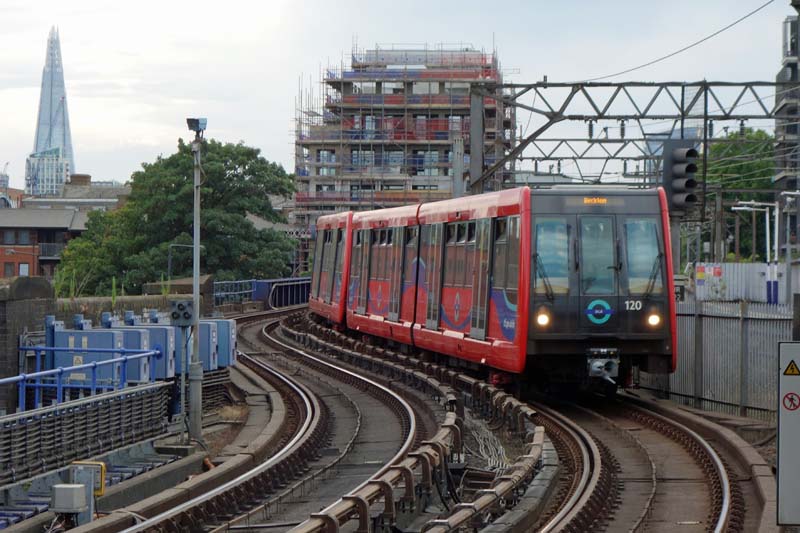
Finally, Thomas and James are also right to talk about business change. Autonomous operation would affect so many aspects of a transit business and its people: garage operations, maintenance, control, industrial relations, revenue collection, contingency planning and doubtless others. Even more so if an operator chose to run unstaffed vehicles.
One thing I’ve learnt from working on rail signalling digitisation projects is that the tech itself is only the tip of the iceberg. The business change implications, and bringing the people along in the process, are a set of workstreams in their own right.
The interview is available at https://www.freewheeling.info/the-freewheeling-podcast/james-dick and the usual podcast apps. It’s worth a listen.
[1] Give or take the extra cost of the automation features – the sensors and data processing – although these will probably become increasingly routine
